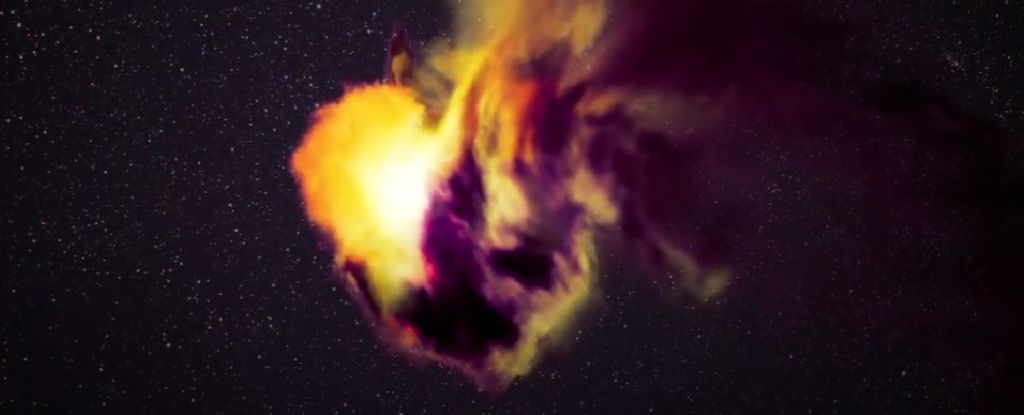Unprecedented Supernova Offers a Glimpse Inside a Dying Star – A Cosmic First!

In a truly remarkable event that has captivated astronomers worldwide, a supernova – the explosive death of a star – has provided an unprecedented look at the inner workings of a celestial giant. Designated SN2021yfj, this supernova, located a staggering 2.2 billion light-years away, erupted in 2021 and has been observed with unparalleled clarity, offering scientists a unique opportunity to study the final moments of a star's life.
Supernovae are already spectacular events, marking the dramatic end of massive stars. However, SN2021yfj stands out due to its exceptional brightness and the clarity of the data collected. The sheer intensity of the explosion allowed astronomers to observe details previously hidden within the chaotic aftermath of a stellar demise. This isn't just about witnessing an explosion; it’s about seeing *inside* the star as it collapses and disperses its contents across the cosmos.
What Makes SN2021yfj So Special?
Several factors contributed to the extraordinary observations of SN2021yfj. Firstly, its distance provided a relatively clean view, minimizing interference from intervening dust and gas. Secondly, the supernova's intrinsic brightness was exceptional, allowing for detailed spectroscopic analysis. Spectroscopy involves studying the light emitted by the supernova, which reveals the chemical composition and physical conditions within the expanding debris.
The data gleaned from SN2021yfj has already yielded fascinating insights. Astronomers have been able to identify elements forged within the star's core during its lifetime, including heavy elements like iron, nickel, and even traces of elements heavier than iron – elements created in the extreme conditions of the supernova explosion itself. This provides crucial information about the star's evolutionary history and the processes that occur during stellar nucleosynthesis (the creation of new atomic nuclei).
A Window into Stellar Evolution
The observations of SN2021yfj are more than just a beautiful spectacle; they are a vital piece of the puzzle in understanding stellar evolution. By studying the remnants of exploded stars, scientists can learn about the life cycles of stars, the origin of the elements that make up our universe, and even the formation of planets. The data from this supernova will be used to refine existing models of stellar evolution and potentially uncover new phenomena.
Future Research and Implications
Astronomers are continuing to monitor SN2021yfj, hoping to gather even more data as the supernova fades. Future observations with next-generation telescopes, such as the James Webb Space Telescope, promise even more detailed insights into the aftermath of this stellar explosion. This event serves as a powerful reminder of the dynamic and ever-changing nature of the universe and the incredible discoveries that await us as we continue to explore the cosmos.
The discovery of SN2021yfj marks a significant milestone in astrophysics, offering a rare and valuable opportunity to study the inner workings of a dying star and expanding our understanding of the universe's grand processes. It’s a cosmic event that will be studied and debated for years to come, solidifying its place as one of the most important supernova observations in history.





